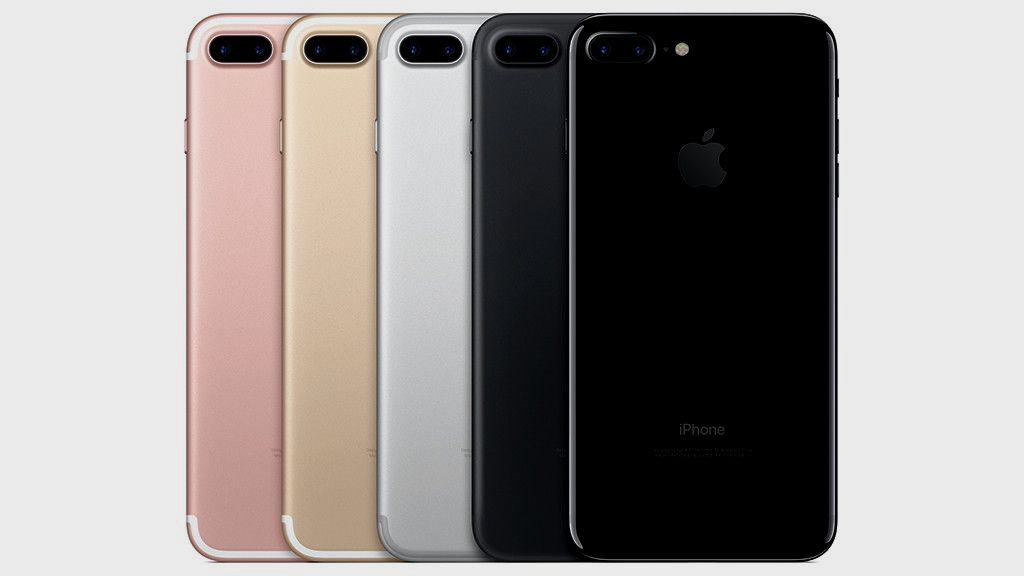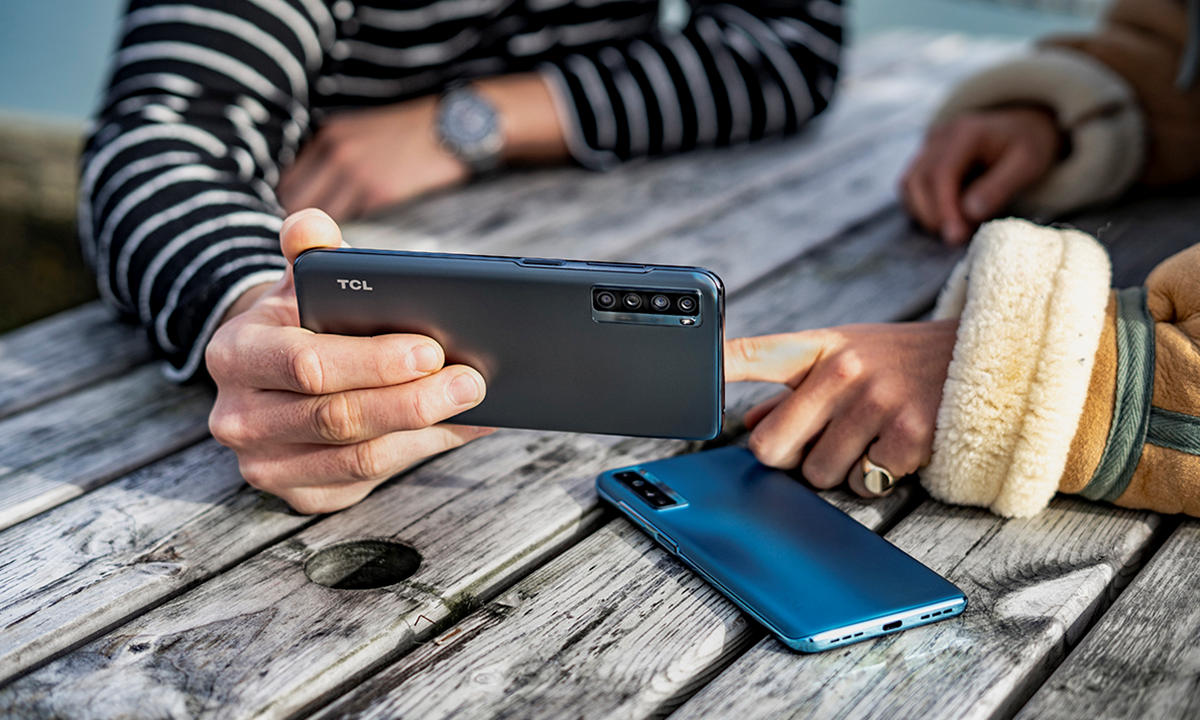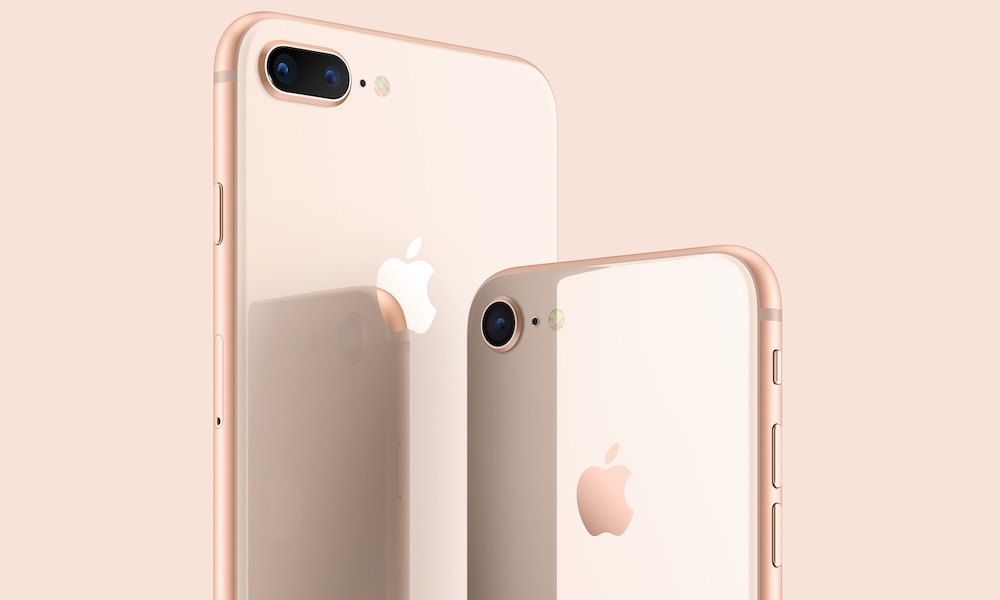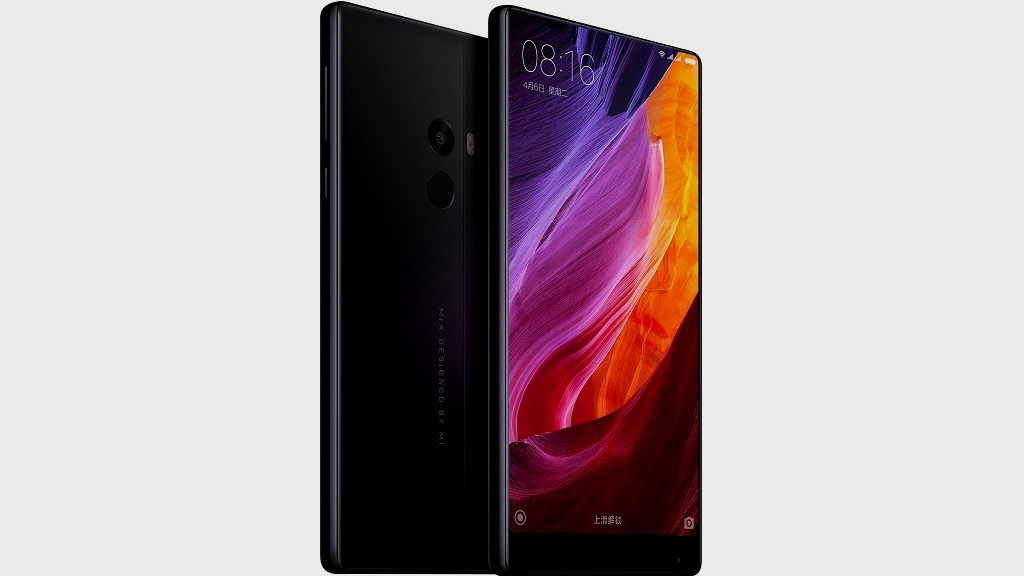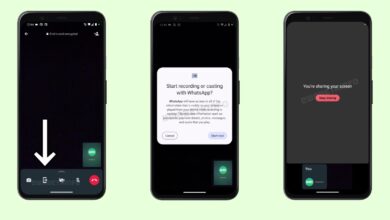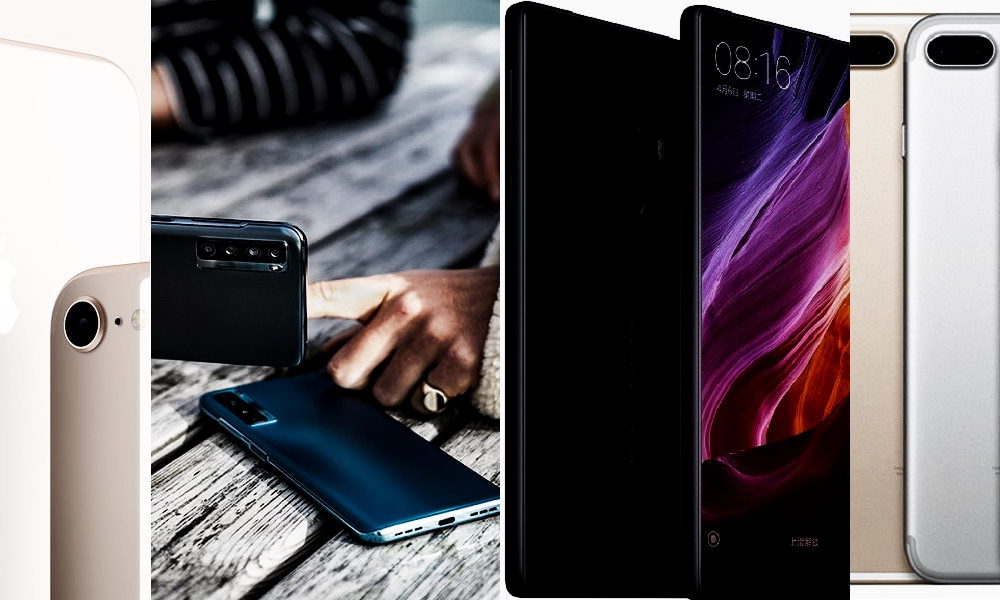
Buying a smartphone can be quite an adventure, and that is why we recently shared with you this guide with which we try to help you choose the most suitable moment, taking into account numerous temporal and generational aspects, and yes, also personal.
In that sense, when we talk about the personal level, I made a necessary mention of the issue of design and construction quality of the smartphone, and I said that it is important to buy a terminal that we like, that makes us happy, since, in the end, if we get a powerful and cheap model that we do not like, we will not really enjoy it.
Design matters, since the smartphone is a device that accompanies us in our day to day, and that is part of our style, but the quality of materials is also very important. However, when choosing I know that many of you still have doubtss: plastic or metal? Is it worth paying more for a model finished in aluminum and glass? And what about ceramics?
In this article I am going to help you answer all those questions, and in a very simple way: with a ratio of advantages and disadvantages presented by each of these materials. As always, if at the end of it you have any questions, you can leave them in the comments and we will help you solve them.
Smartphone built in metal
Terminals designed with chassis of unibody type aluminum They lived through a golden age a few years ago, and they remained for quite some time as the great standard-bearers of the high-end sector. Apple used this finish until the arrival of the iPhone 8 in 2017, so it hasn’t been as long as it might seem. Other materials, such as steel, were also used, but to a lesser extent.
Advantage
- It gives a unique quality sensation to the touch and sight.
- They can help dissipate internal heat by acting as radiators.
- It is a very resistant material.
- It allows truly unique precious finishes, typical of jewelry.
Disadvantages
- They generate a lot of interference, and can block radio signals, affecting 5G, 4G LTE and Wi-Fi connections.
- Although they are very resistant, when they are marked by scratches, or when they receive some important damage, they are very visible and quite ugly.
- It can significantly increase the cost of the smartphone, especially when using steel or titanium.
Smartphone built in plastic
Although it is a material known to be cheap and resistant, some high-quality plastics can be costly and offer outstanding quality. Kevlar is undoubtedly one of the best examples. Currently, most mid-range and low-end smartphones are made of plastic.
Advantage
- It is an inexpensive material (with few exceptions).
- It cushions shocks quite well and is not easily damaged.
- It does not generate interference or isolate radio signals.
- Some finishes convey good sensations to the touch, and achieve a good grip.
Disadvantages
- It does not convey those “premium” sensations to the touch, or to the eye, that we do have with metal and glass.
- Plastic can act as an insulator, and it does not help dissipate heat.
- It is more vulnerable to the effects of heat, including discoloration from exposure to sunlight.
Smartphone built in glass
It is a finish that actually combines metal and glass. By this I mean that there is no smartphone built solely in glass, but that current models use a metal chassis and two glass sheets. For example, the iPhone 4S combined steel and glass, and the iPhone 13 used aluminum and glass.
Advantage
- Sensations to the touch and to the eye, since it is a premium finish that you like, a lot.
- The glass does not generate radio interference, nor does it act as an insulator.
- It offers high resistance to scratches and heat.
Disadvantages
- Increase the sale price of the terminal.
- It complicates and makes repairs more expensive.
- Fragility before falls, and all the problems associated with a glass breakage.
- It gets dirty easily and requires frequent cleaning.
Smartphone built in ceramic
It is an alternative to glass, although the truth is that not used often. This has an explanation, and that is that although it is more resistant to scratches, it is also more fragile when a fall occurs (it fractures relatively easily), and it is much more expensive than a traditional glass finish.
Advantage
- It offers very good sensations to the touch and sight, and is considered the “quintessential” premium finish.
- Ceramic also does not generate radio interference, nor does it act as an insulator.
- It is more resistant to scratches than glass.
Disadvantages
- It makes the sale price of the terminal much more expensive.
- Complicate and increase the price of repairs.
- Greater fragility when falling: a bad blow, even from a low height, can have disastrous effects.
- It is a rigid and inflexible material.
- It gets dirty easily and requires frequent cleaning.
